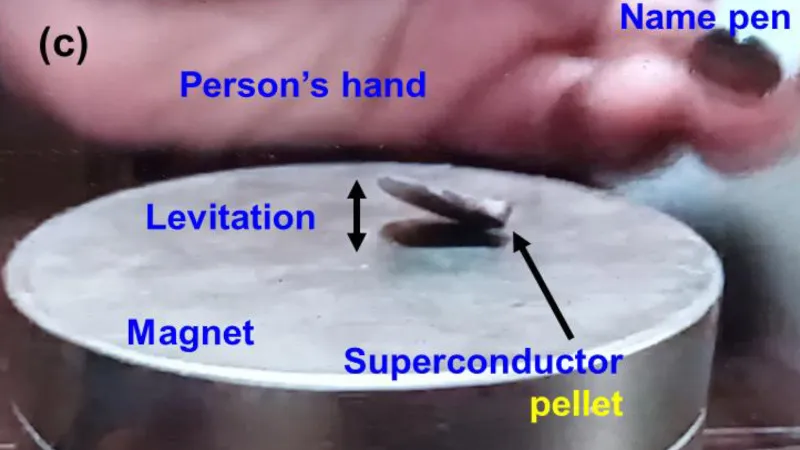A group of scientists recently announced that they have discovered a superconductor that can operate at ambient pressures and room temperatures. That’s a huge claim, so the pair of yet-to-be-peer-reviewed papers have drawn a huge amount of attention in scientific circles.
Superconductors usually need extremely low temperatures and very high pressures to have optimal conductivity. However, the finding of a superconductor that can function at room temperatures, specifically up to approximately 260 degrees Fahrenheit, in fact — could be a bona fide breakthrough.
The researchers have discovered a material called LK-99 that can conduct electricity without resistance at extremely low temperatures. This discovery has the potential to bring about significant advancements in energy transportation, magnetic levitation, quantum computing, and nuclear fusion.

In short, it’s a huge deal — if it holds up. So it’s no wonder that scientists are now stumbling over themselves to recreate the material.
Last month, researchers from William & Mary University have also presented the evidence of a new material that can levitate on a magnet without the need for extreme cooling. Even the best-performing current superconductor has to be cooled down to a frosty -220 degrees Fahrenheit.

Chinese researchers from Huazhong University of Science and Technology have shared videos on social media that seem to depict a small sample of the claimed substance levitating above a magnet.
However, a video alone is not enough to provide conclusive scientific evidence of the existence of the Meissner effect. Some experts believe that the observed effect in the video may be due to the small sample being diamagnetic and repelling magnetic fields, rather than being a superconductor capable of fully levitating on top of a magnet.

Other scientists who have assessed the research are also not convinced as previous claims of room-temperature superconductors have led to plenty of scrutiny and even retractions. While others called for everybody to relax until the scientific community had time to review the evidence.
Reference- New Scientist, Scientific American, Interesting Engineering, Futurism






